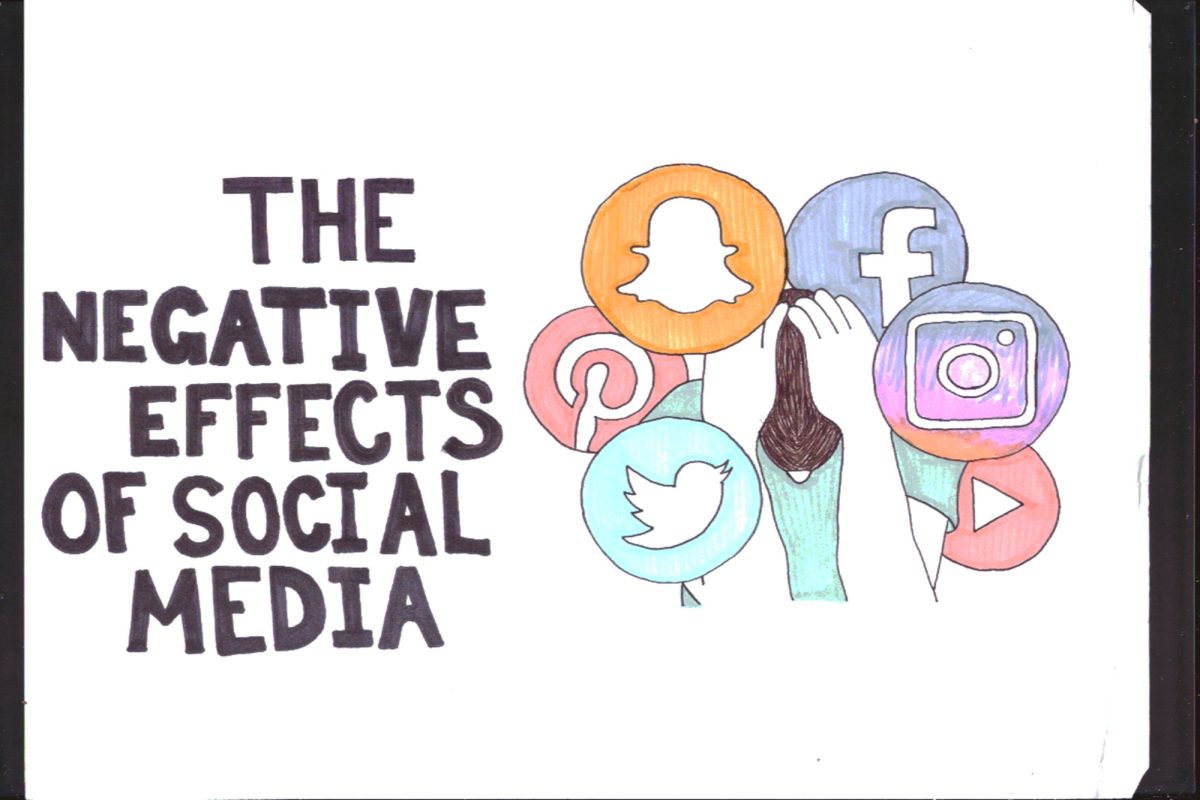“I’m old fashioned with my cell phone. I like that human contact and I think that’s important.” -Giovanni Ribisi
In an era dominated by technology, the debate over whether cell phones should be allowed in schools remains contentious. With everything going on right now in the world, it is important for us to stay off our phones as much as possible and enjoy life as it is in real time. Life is so short, and we need to soak up as much of it as we can.
Schools are now putting rules into place regulating cell phone usage during instructional time. This is because students on their phones during school have become a huge distraction, and it takes away from their education. Cell phones have become prohibited in places such as school hallways, restrooms, classes, and school offices during class time. More than three quarters of schools in the United States have put similar policies into place.
The possibilities are endless when it comes to modern day technology. People have become extremely dependent on their phone.
In fact, according to the National Institutes of Health, 61.4 percent of adults alone are reported to be addicted to their cell phone.
Smartphones can serve as powerful educational tools, offering access to a vast array of educational apps, online resources, and interactive learning platforms. Incorporating these devices into classroom activities can enhance engagement and facilitate personalized learning experiences.
Popular review games like Kahoot! and Blooket can simultaneously review content learned in class and allow students to use their cell phones for productive purposes.
In emergencies, having access to a phone can be critical for students and staff to communicate with parents, emergency services, or school administrators. In situations such as lock downs or medical emergencies, quick communication can make a significant difference in ensuring safety and providing timely assistance. Parents can communicate important messages, coordinate schedules, provide support, and enhance student well-being.
However, one of the most significant concerns surrounding cell phone use in schools is the distraction that it creates. With constant access to social media, games, and messaging apps, students may struggle to stay focused during lessons, leading to decreased academic performance and disruptions in the classroom.
According to Pew Research Center’s Internet & American Life Project, 73 percent of K-12 teachers surveyed stated that students use their phones for non-educational purposes during class time.
Cell phones can also be a vessel for cyber bullying, harassment, and sharing inappropriate content among students. Without proper monitoring and guidance, schools risk creating environments where negative behaviors thrive, compromising student safety and well-being. Bullying is a huge issue in schools and being able to hide behind a screen only encourages it. Smartphones in classrooms may further contribute to a disparity between students who can afford the latest technology and those who cannot, widening the digital divide.
Excessive screen time and prolonged smartphone use have also been linked to various health issues, including eye strain, sleep disturbances, and decreased physical activity. Lack of sleep may lead to mental health issues, or feeling unmotivated and depressed. Allowing unlimited access to smartphones in schools may contribute to these health concerns and detract from overall student well-being. Sleep is essential in order for students to wake up early in the morning for school and be able to focus.
If students are not provided with enough sleep, their brain waves begin to go into sleep mode when they’re supposed to be awake in class. This is a very serious issue that cell phones are the culprit of, and it needs to be recognized.
According to The University of Utah Health, 41 percent of children between the ages 6-19 reported to not get enough sleep with their mobile device in their bedroom.
Schools should establish clear guidelines and policies that leverage the educational benefits of smartphones while mitigating their potential drawbacks. This may include designated times for phone use, restrictions on certain applications, and education on responsible digital citizenship.
It’s crucial for schools to navigate digital spaces safely. By empowering students with the necessary skills and knowledge, schools can harness the potential of smartphones as valuable learning tools while minimizing their negative impact. Parents, educators, and policymakers must work together to address the broader societal issues surrounding technology use among youth. We can create school environments that support student learning, well-being, and success in an increasingly digital world.






